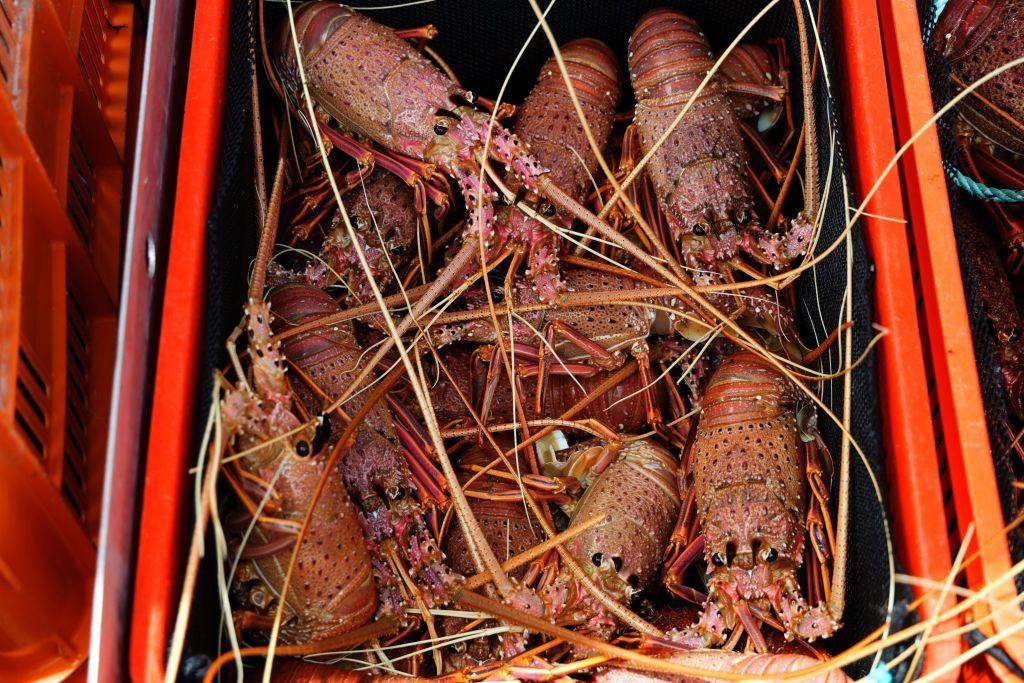Chinese e-commerce platforms and wet markets are circumventing Beijing’s unofficial ban on Australian lobster imports by offering the popular delicacy for sale to Chinese consumers.
Driven by strong demand, the lobster “grey trade” is thriving, with importers moving the Australian goods to Hong Kong and then into Mainland China via waterways.





